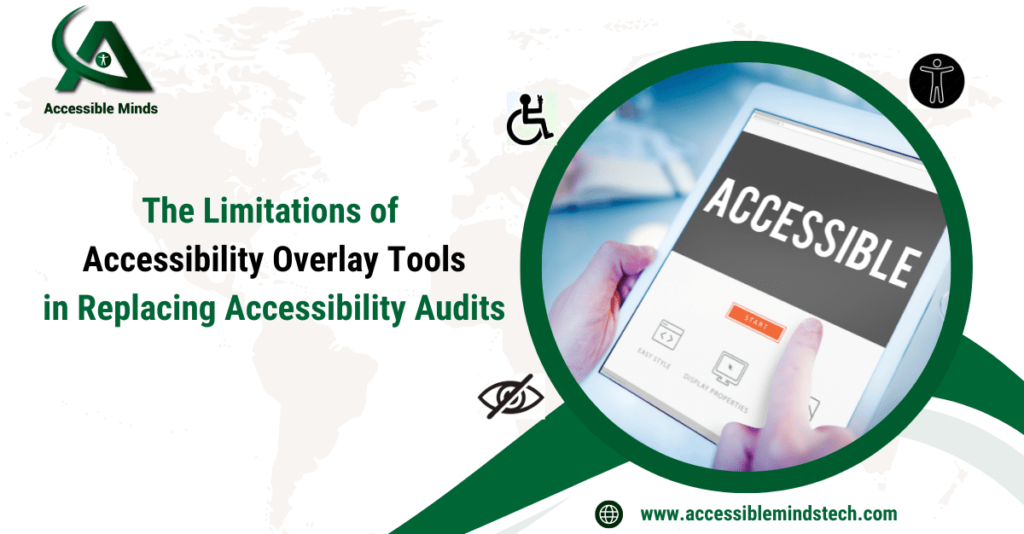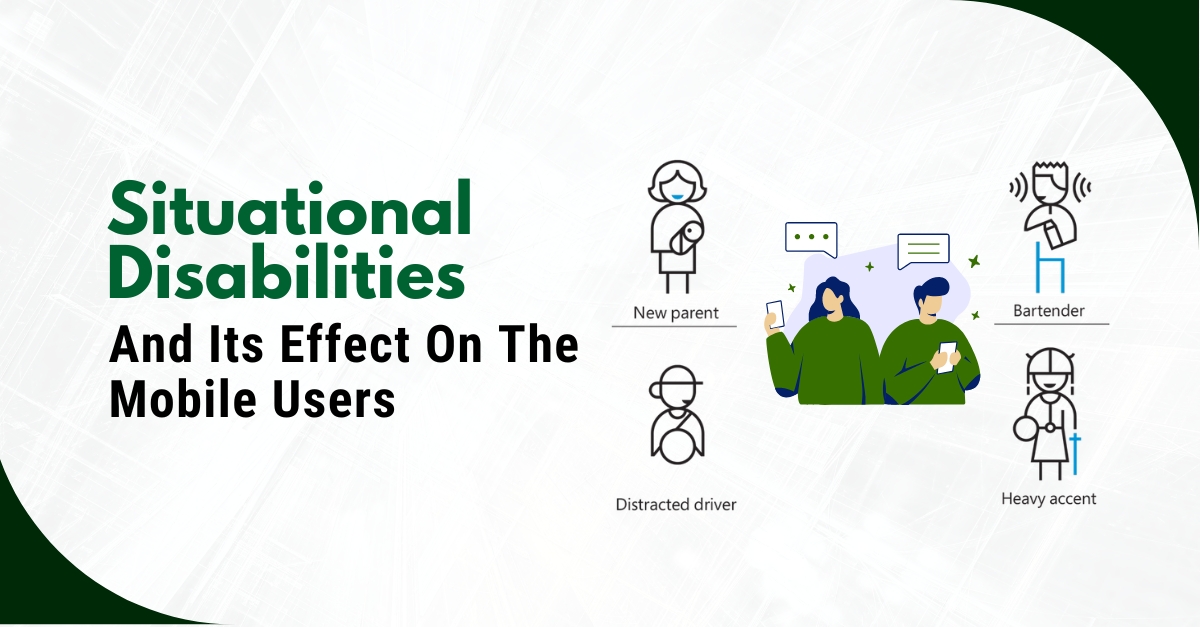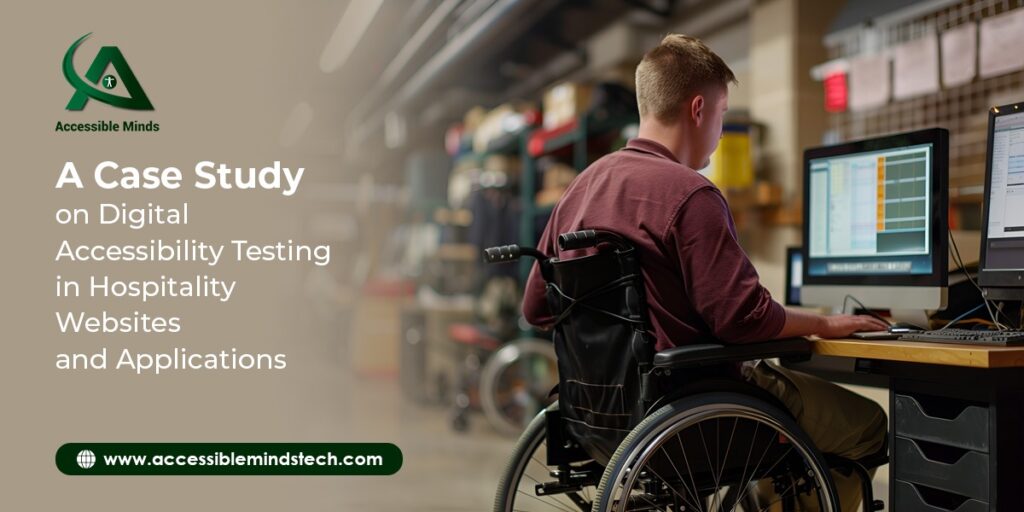For the best interest of the company, it is important to create a website that is compliant with ADA and inclusive of web accessibility. To get a quick solution, many businesses are relying on accessibility overlays as it seems like a fast and easy solution. However, the question is how reliable these tools are.
Before talking about the efficiencies of accessibility efficiency tools; we have to get an idea about them and their functionalities.
What are accessibility overlays tools?
Accessibility overlays utilize JavaScript to automatically modify website code without directly altering the source code of the website. Their primary function is to identify and resolve basic accessibility issues within the site. Moreover, these overlays offer users customizable options to enhance their browsing experiences, such as adjusting the text color or size.
What are the limitations of using the Accessibility Overlay tools?
To avoid the mitigation of possible lawsuits; most businesses prefer to have overlay tools to get accessibility for their website. Unfortunately, the accessibility overlays do not always comply with WCAG (Web Content Accessibility Guidelines) or do not perform as intended.
Even using overlays does not protect the website or business from legal risk as accessibility issues may remain. Here we have listed the top reasons why the accessibility overlay does not work.
- To ensure the effectiveness of an accessibility overlay, it is necessary for the user to activate it. However, in some cases, the activation and deactivation methods of such overlays may not be accessible via keyboard, thereby limiting access only to mouse users. This design flaw creates a barrier for mobile and keyboard-only users, who are unable to use the overlay at all. Some of the overlays are not found by the screen readers and a few other assistive technologies as well. The users who are depending on those assistive technologies don’t find a way to operate overlay making it useless.
- The compatibility of accessibility overlays with the user’s preferred settings can be an issue. Individuals with disabilities often rely on assistive technologies tailored to their needs, such as a screen magnifier for those with low vision. These assistive technologies are typically used across different websites and are easily toggled on and off. However, accessibility overlays have their own pre-determined actions and functions, which may not align with the user’s preferred technologies and settings. As a result, a user with low vision may need to learn how to activate and configure the overlay’s magnifier tool, rather than being able to use their preferred tool that is already configured
- Accessibility overlay is globally inconsistent. The incompatibility of the tool differs as per the individual user settings. Accessibility overlay tools created by different companies also act differently from one another.
- Website accessibility evaluation requires a comprehensive assessment of various criteria throughout the site. Automated testing can assess certain criteria, such as color contrast and the presence of alt tags for images. However, manual testing is necessary for fully evaluating other criteria, such as whether the text within each tag is appropriate for each image. Accessibility overlays are limited in this regard and cannot replace the need for manual testing.
We can say that overlay tools can detect 20-30% of accessibility issues of any website and 70-80% of problems may stay undetected. So, you need the assistance of an accessibility testing company that will help you to find out the issues and help you in remediation to protect the company from any sort of legal risk.







